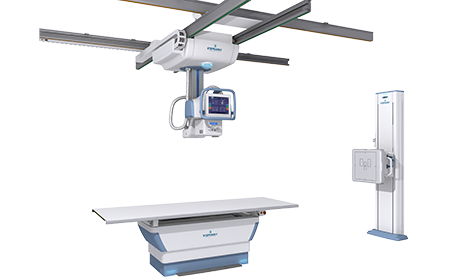
- Stephanix
- Products
-
- News
- Customer service
- Contact

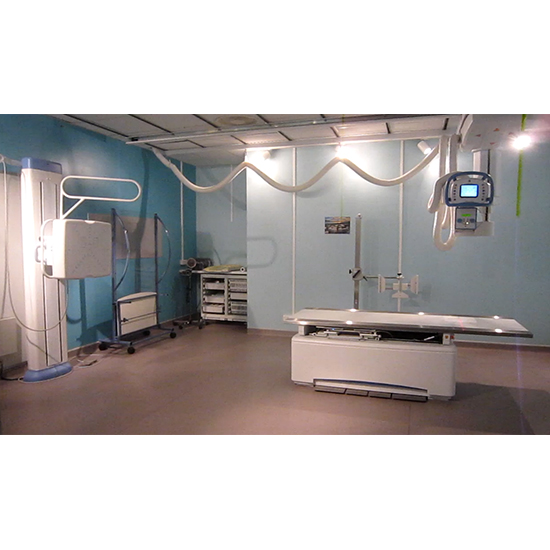
This Rad Room allows whole body examinations with image receiver in the Bucky, but also all the views requiring direct exposure (patellofemoral axial view, weight bearing, on stretcher…).
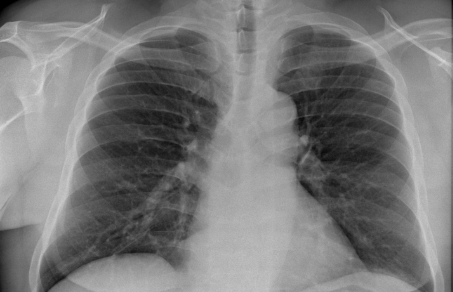
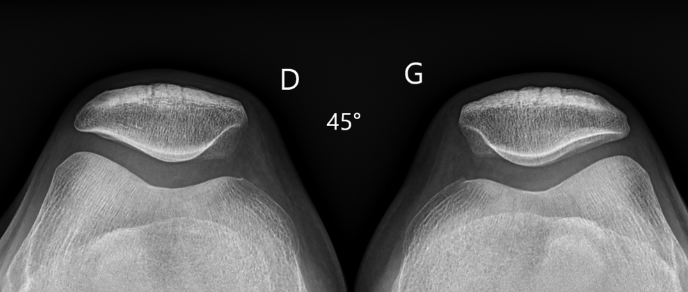
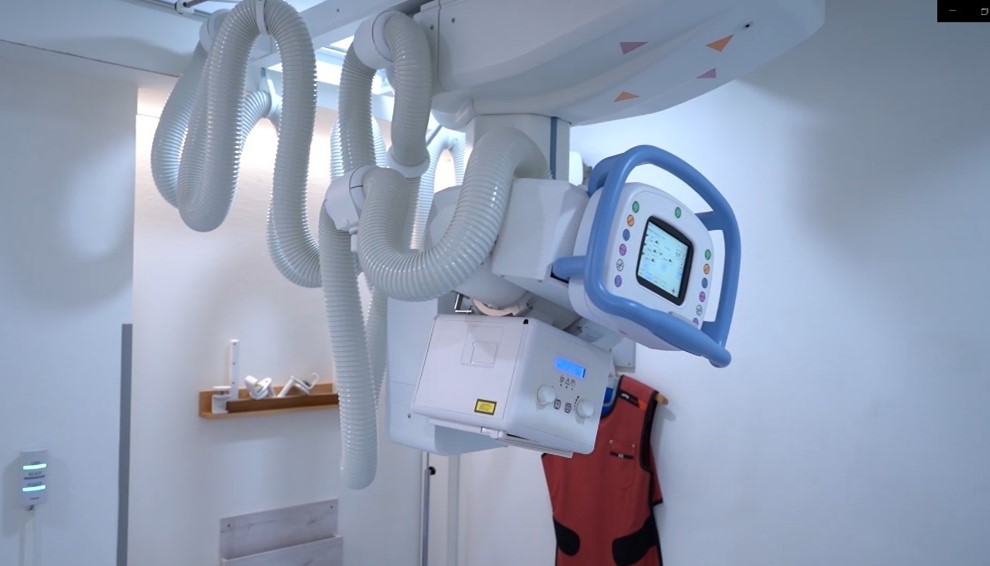
Your Xtreme room servo or automatic has pre-programmed anatomical protocols, including acquisition parameters and positioning.
With the synchronization mode, the ceiling suspension follows the movements of Bucky (table, vertical Potter) … and vice versa…
With autopositioning, each stand is automatically positioned in all axes, whether it is the image receiver or the tube, the collimator blades open to the image format set in the protocol, and the additional filters are set up according to the examination (pediatrics …).
At any time, you can take manual control over all these parameters, adjust the position of the tube and adapt the radiological parameters.
The servo-controlled motorization ensures precise synchronization between the image receptor and the suspension with smooth movements.
The electric assistance, the alignment mechanism that guides the telescope and the balancing system offer a vertical translation of the tube with minimal effort (30N max).
Grab the single handle with one hand to free up suspension movement in all axes and easily place the tube above the patient.
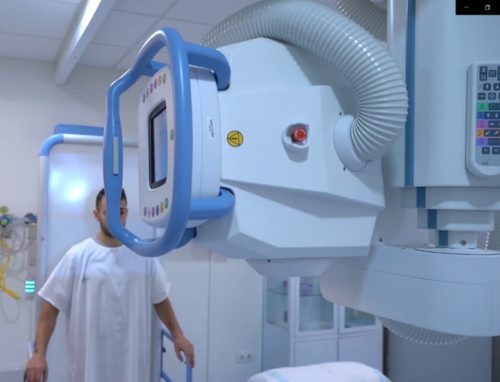
A quick overview of the key features of the Xtreme room:
sensitive keys, touch screen, remote control, double pedal, large travel, X-ray coverage
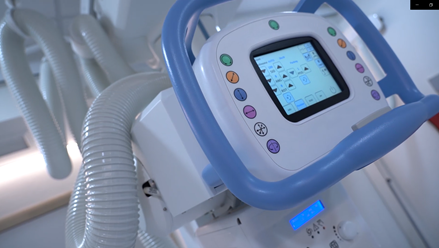
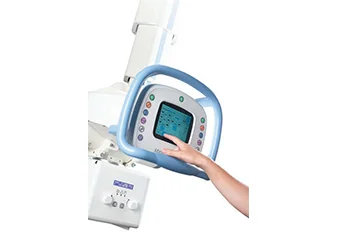
Change at your fingertips: adjust exam-related settings with the touch-sensitive console and 6.5″ touch screen.
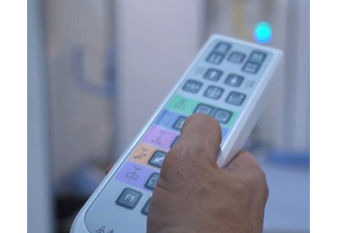
The main control buttons are included on the infrared remote control (option to the autopositioning configurations).
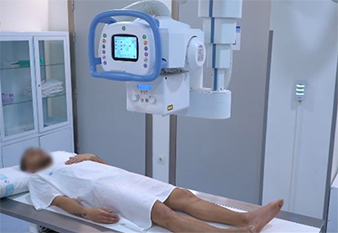
The large suspension travels allow you to cover a large X-ray area and therefore to take care of patients on a stretcher more easily (compare to a floor mounted system such as a column).
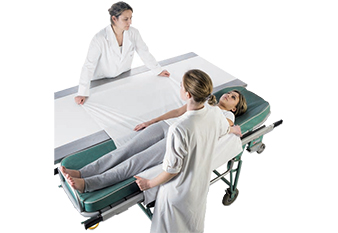
Once the stretcher is along the lift table, from the opposite side of the table, you can adjust the height of the floating tray for patient transfers with the optional double pedal.
Make the most of the advantages of autopositioning with the digital flat panel version of your Xtreme room: the acquisition console with touchscreen interface (optional) provides access to patient data recording, choice of anatomical protocols and acquisition parameters, image preview for validation in a few seconds, and image processing before sending to the network.
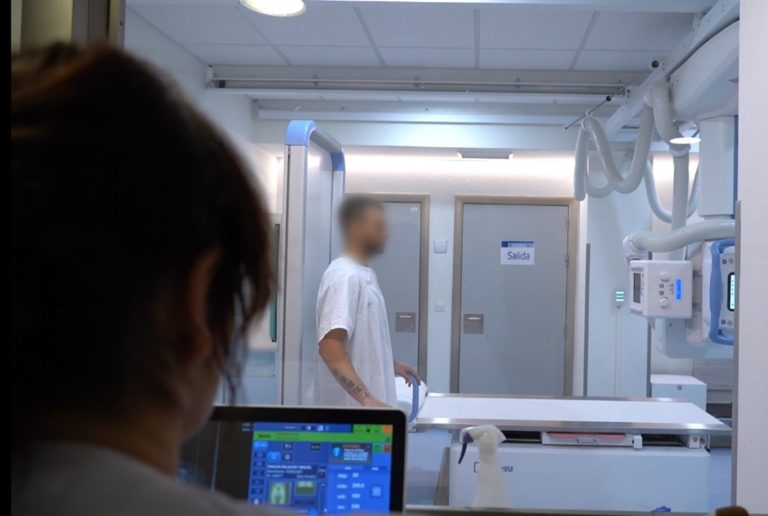
Each procedure has its own preset parameters such as acquisition techniques, positioning of each stand, collimation, but also additional filtration and post-processing.
The optional Scatter Correction software (usually called Virtual Grid) is an AI image algorithmic processing that improves contrast by subtracting scatter noise. It is automatically performed by software and can be applied to all anatomical regions (as set by the user).
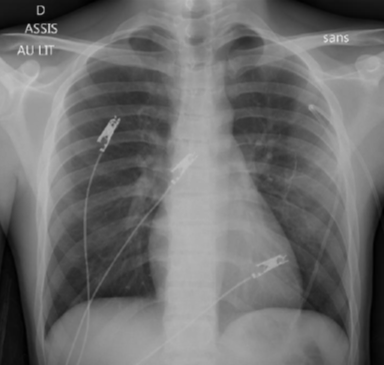
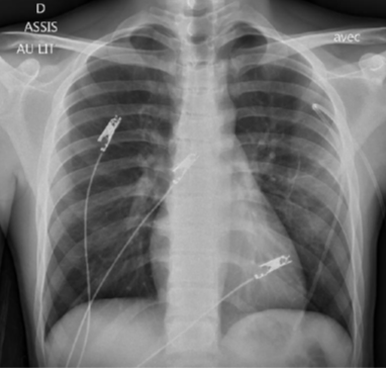
This feature eliminates the need to use an anti-scatter grid, optimizing ergonomics (no grid manipulation) reducing the dose delivered to the patient for procedures with the flat panel inserted in the Bucky (table or vertical Potter) as well as for live and pediatric incidences.
It also reduces the risk of missed exposures due to misalignment and/or artifacts of the grid.
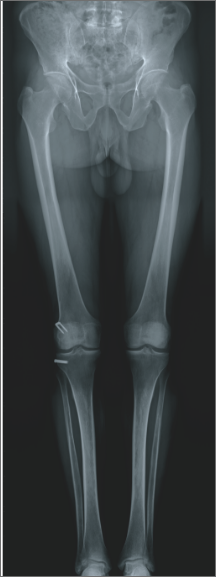
The stitching function(option) allows to carry out the examinations of the large axes, on a standing or lying patient.
The system automatically positions itself and the acquisition parameters are programmed for each image.
The overlapping areas are optimized for efficient recognition of the pixels used for automatic registration.
In addition to the optional scatter correction, the dedicated pediatric protocols, the automatic collimation & filters programmed in each anatomical protocol, the Dose Surface Product (DSP) indicated for each image and the DICOM MPPS and RDSR functions (automatic sending of examination data such as DSP and acquisition constants) are all tools to help you manage the dose.
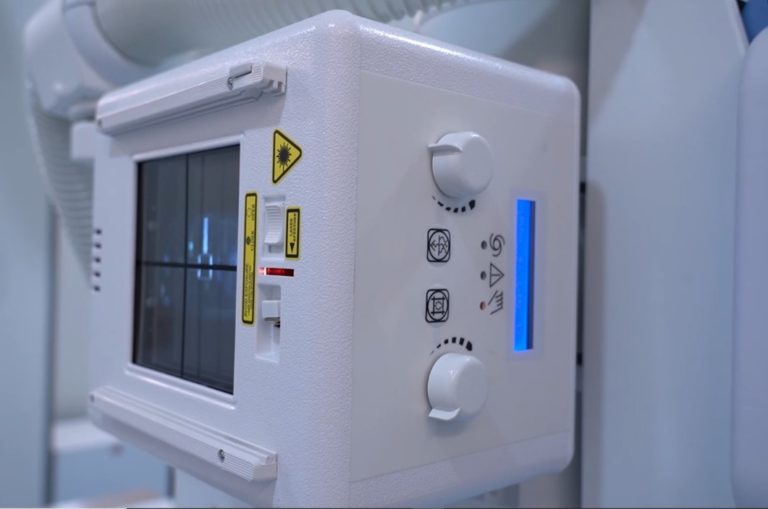
Revision date: July 2022

Le contenu de ce site internet est destiné exclusivement aux professionnels de santé.
Je certifie sur l’honneur être un professionnel de santé.